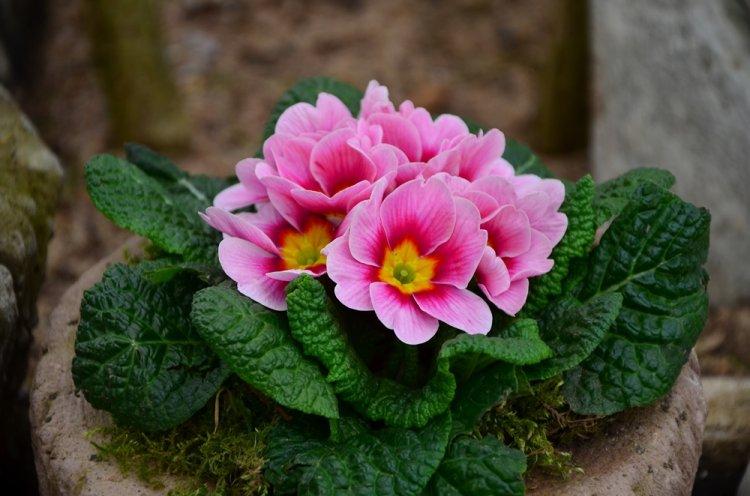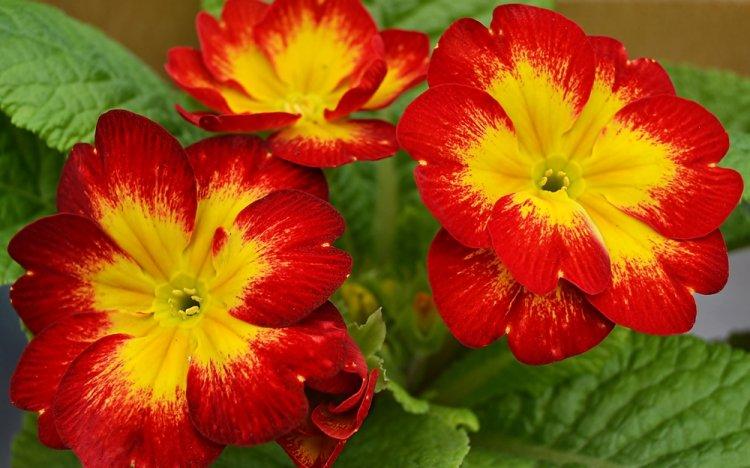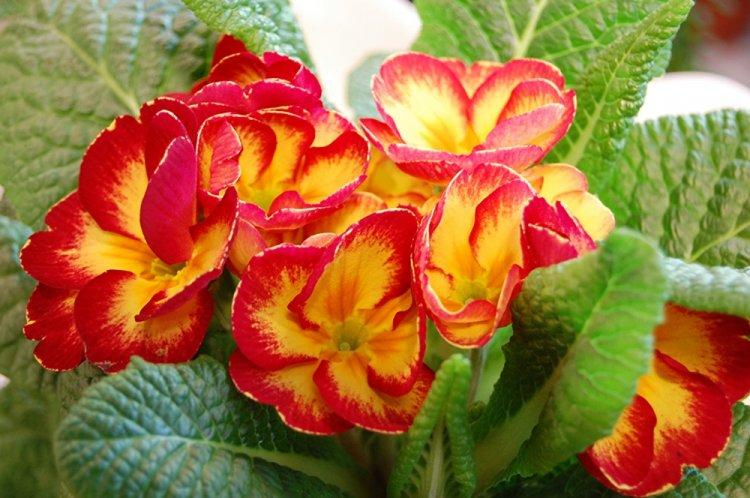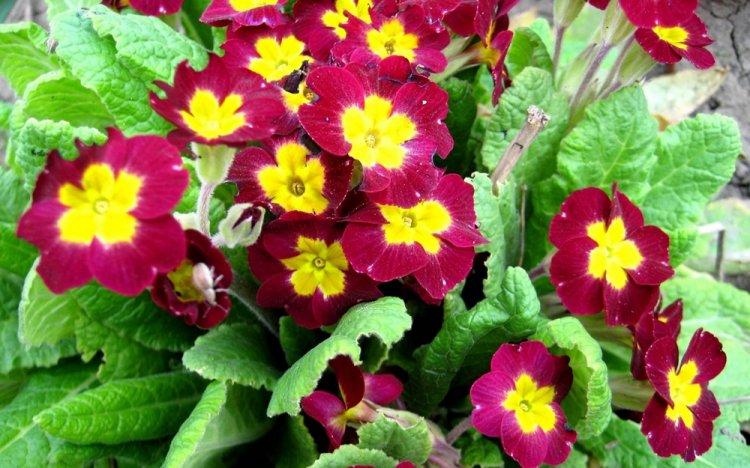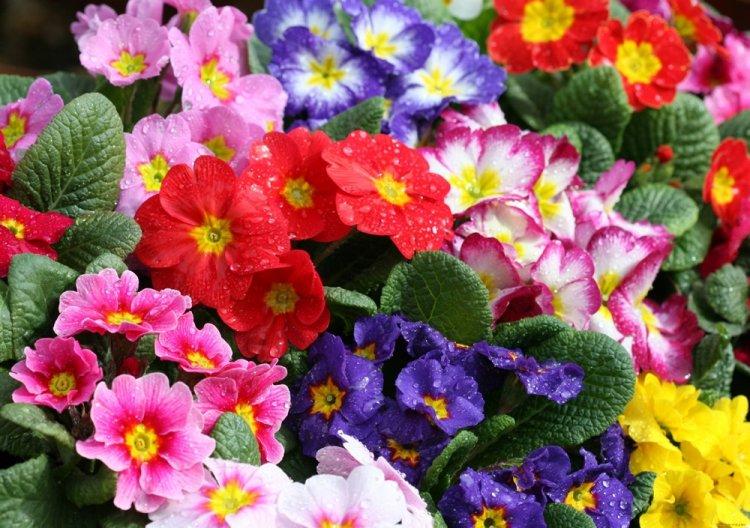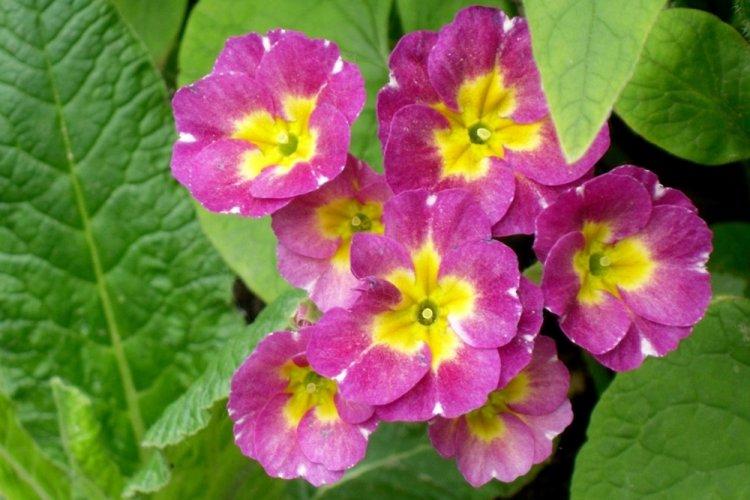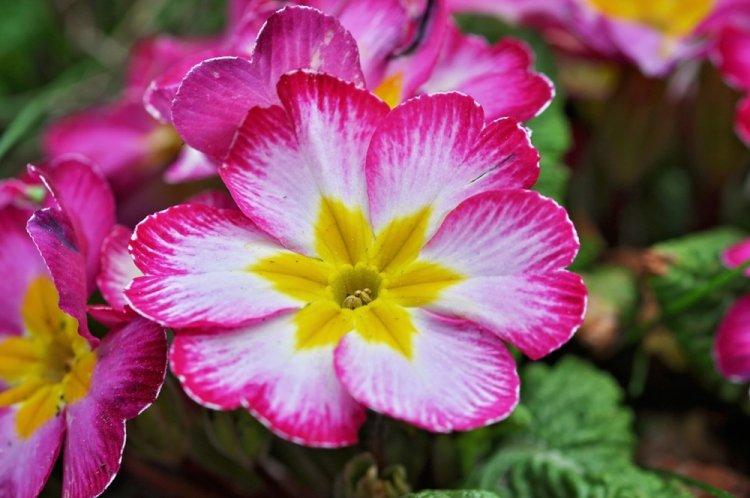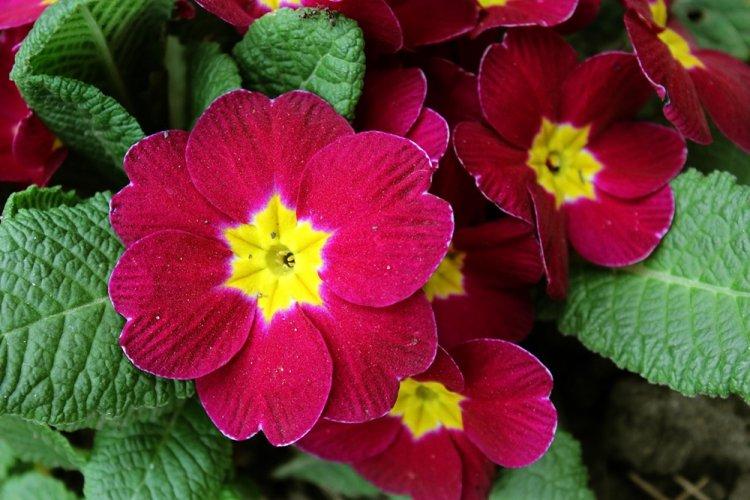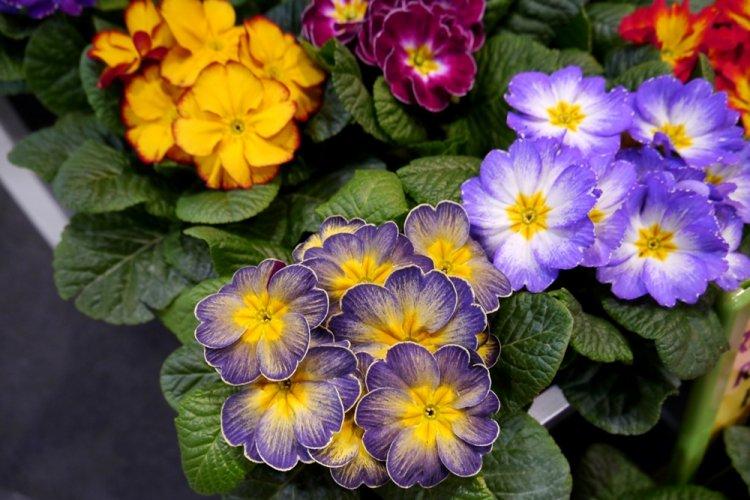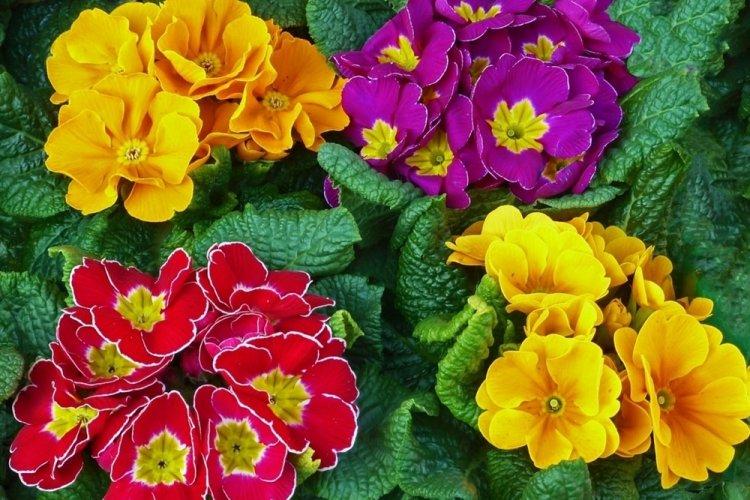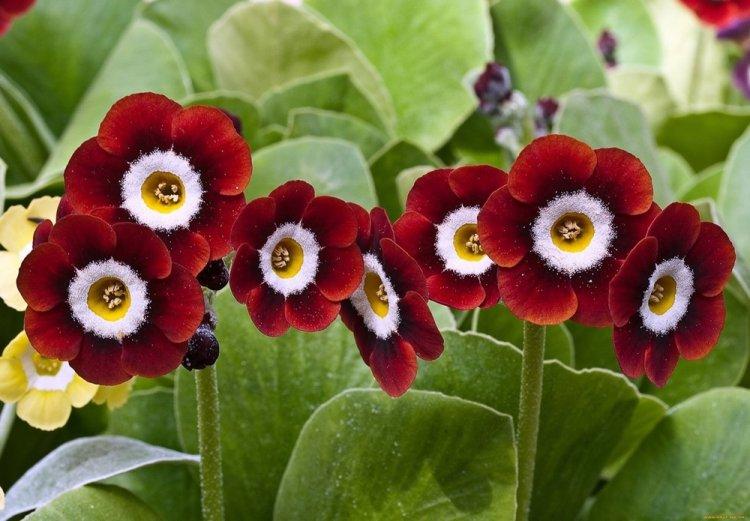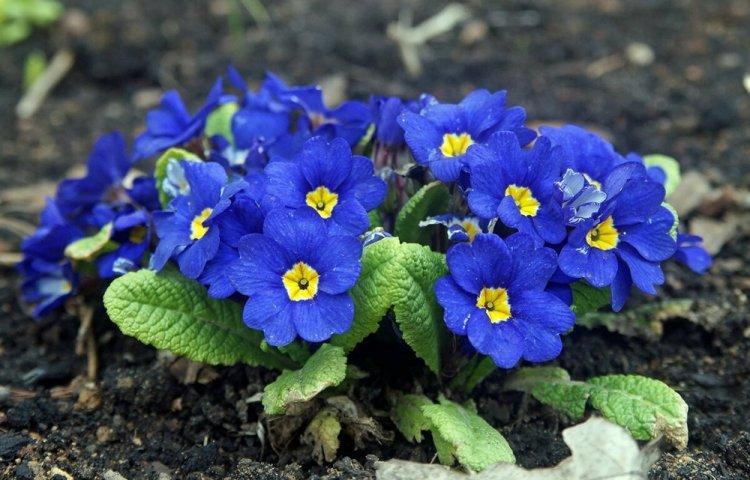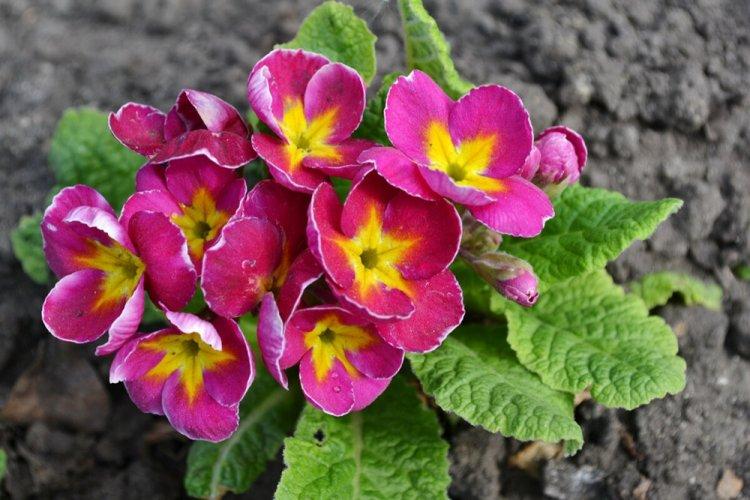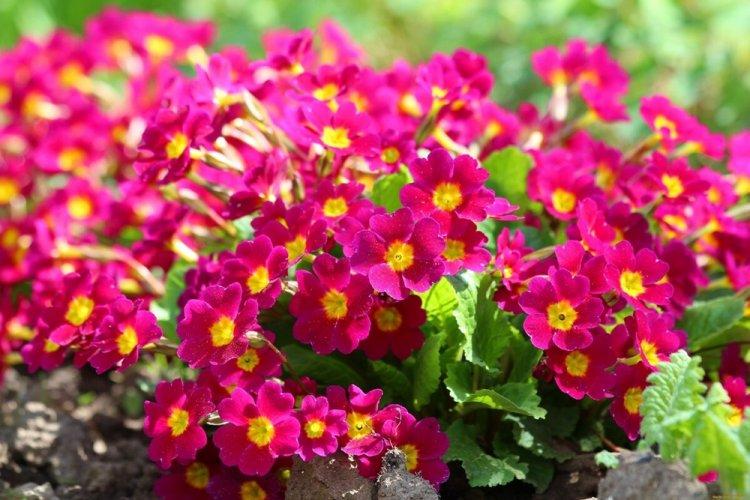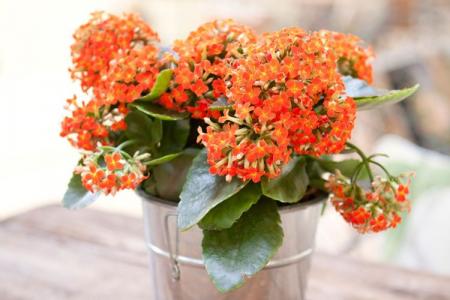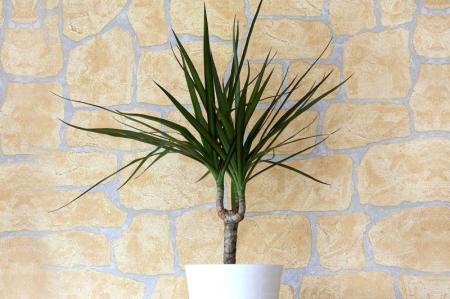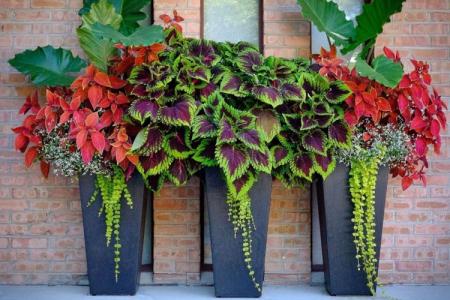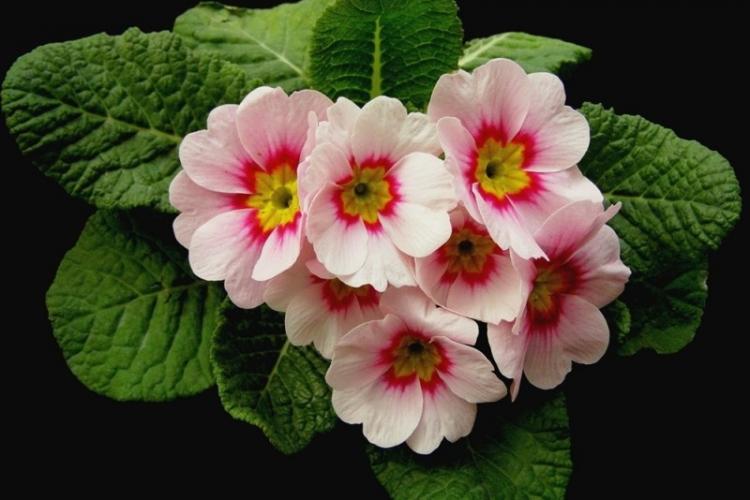
With the first days of spring, as soon as the snow finally melts in the yard, the early primrose bloom. It can be found on the shelves of flower shops and even on supermarket stands. But you can grow it yourself at home and enjoy the beauty. Today we will tell you how!
general information
Primroses are annual and perennial, but it is always a rosette herb with bright flowers. Most often they are collected in umbrella-shaped inflorescences, although occasionally there are varieties growing one at a time. The most common shades are yellow, red, pink, but that's not all.
Primrose leaves are collected in rosettes, although they are not narrow and not lanceolate, unlike their tropical counterparts. Most varieties have round or heart-shaped plates on long petioles, suitable for propagation.
Primrose is used to make a valuable essential oil, which is used by doctors and pharmacists. From ancient times, medicinal decoctions have been prepared from the roots, treating all ills from colds to joint problems. But keep in mind that the juice of the stems and leaves can cause irritation and allergic reactions, so work with rubber gloves and wash your hands thoroughly!
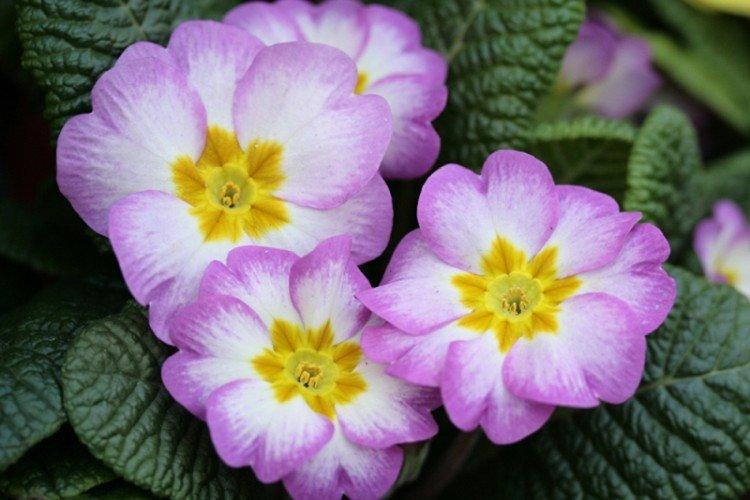
Primrose types
Primula belongs to the primrose family, which has over 500 different plants. Several dozen of them are annual and perennial primrose varieties. Ornamental varieties are grown indoors, and medicinal varieties are grown in special greenhouses.
Common primrose
This species is also known as the stemless primrose or Primula acaulis. Large red, yellow and blue flowers contrast expressively with elongated dark leaves, which seem to be mottled with wrinkles. It is on the basis of the common primrose that most modern domestic hybrids have been bred.

Primrose soft-leaved
In a professional environment, this annual is called Primula malacoides. The cultivar comes from China and produces many fragrant white, pink and red flowers with a yellow center every season. The bush stretches up to half a meter, and up to 6 inflorescences of 10-12 flowers bloom on the peduncle.
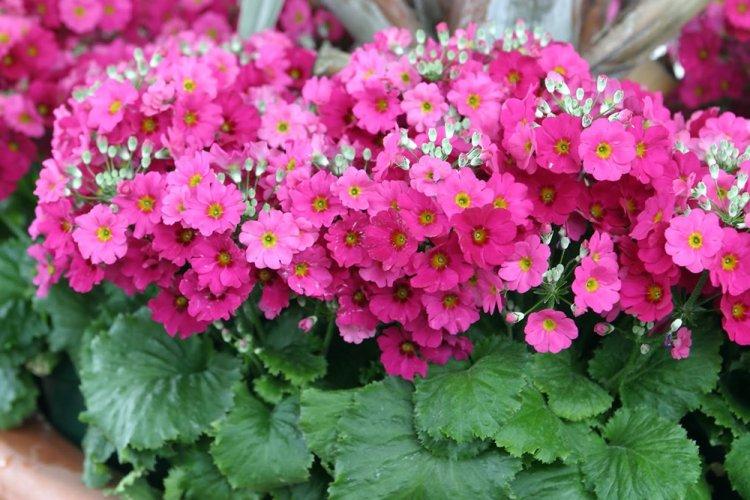
Primula ear
This alpine variety is ideal for landscaping on the site and in the garden. It has stronger and more dense leaves, adapted for survival in the highlands. On a thick stem, spike-shaped yellow inflorescences bloom, each of which has up to 7 flowers.
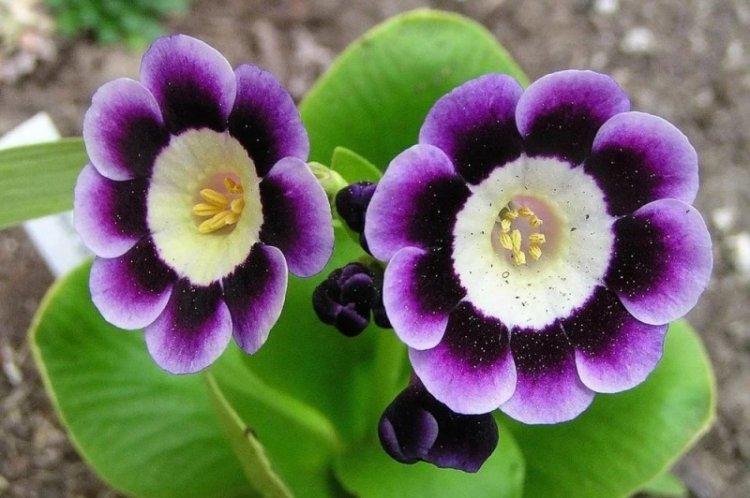
Primrose cue
It is a perennial variety with large, heart-shaped petiole leaves. The toothed plates are covered with a whitish coating and assembled into elastic rosettes. Small flowers up to 1 cm in diameter grow in the form of umbrella-shaped inflorescences on a high, straight peduncle.
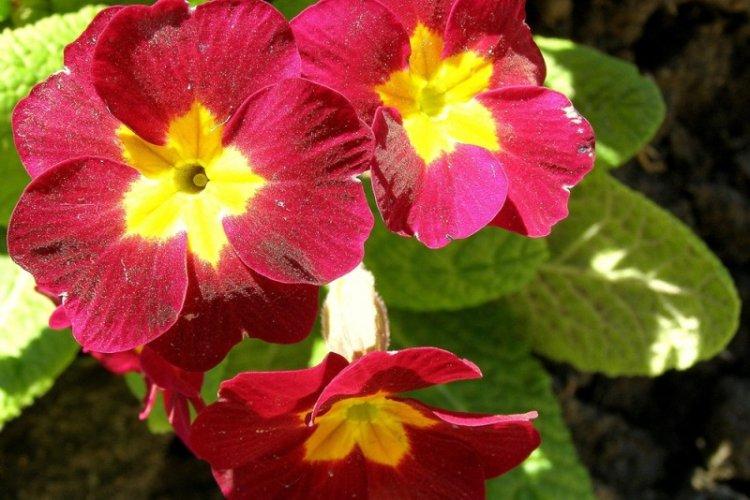
Fine-toothed primrose
This is a very effective and decorative garden variety, the flowers of which are collected in elastic pom-pom inflorescences. The diameter can be up to 10 cm, and the most common colors are white, red, purple and violet. Against the background of tall massive peduncles, textured oval leaves seem very tiny.

Terry primrose
A large group of different varieties is combined into the category of terry primroses. Large and voluminous petals are collected in denser and more lush buds. They are denser and more prominent than that of a common primrose, so that from a distance they rather resemble small roses.

Primula reverse conical
The Chinese perennial species produces large white, red, pink and blue inflorescences on stems 25 cm high. This variety is suitable for allergy sufferers, because there are several hypoallergenic varieties in it. Rounded petiole leaves are notable for a light edging and a soft wavy edge.
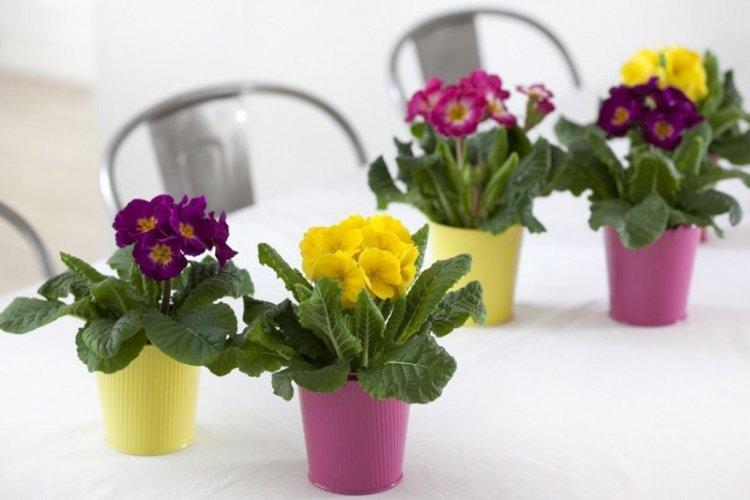
Japanese primrose
It is a rare variety with long, lanceolate leaves instead of broad, rounded ones. Above the symmetrical rosette, flower stalks rise up to half a meter in height. Small bright flowers are collected in multi-tiered inflorescences, which are also called candelabra for the corresponding appearance.
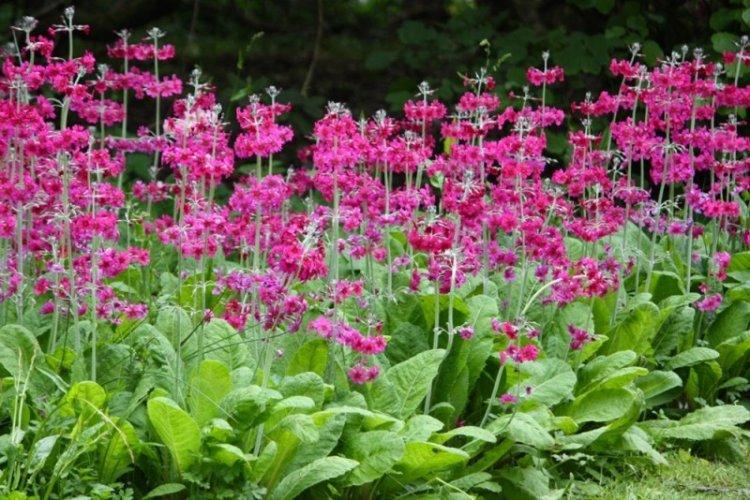
Primrose care
Primrose is not demanding in our conditions, because even in nature, its habitat covers almost all middle latitudes. She needs a moderately cool temperature, compared to tropical cousins. And also - the same moderate watering so that the root system does not start to rot.
Temperature
Primrose is a primrose, so its need for coolness is understandable and justified. If indoor varieties can live at 16-20 degrees, then during flowering the thermometer should not rise above 16. For this, in apartments with old windows, flowerpots were rearranged between frames.
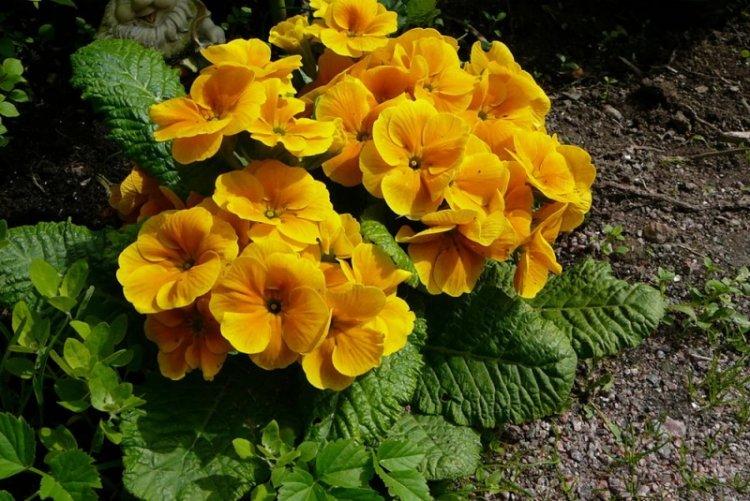
Lighting
Primrose prefers bright diffused light, so in the apartment be sure to put flowerpots on the windowsill. But avoid heat and direct rays, especially the south side. East or west windows are better, but the north side is not so bad as long as it is bright enough.
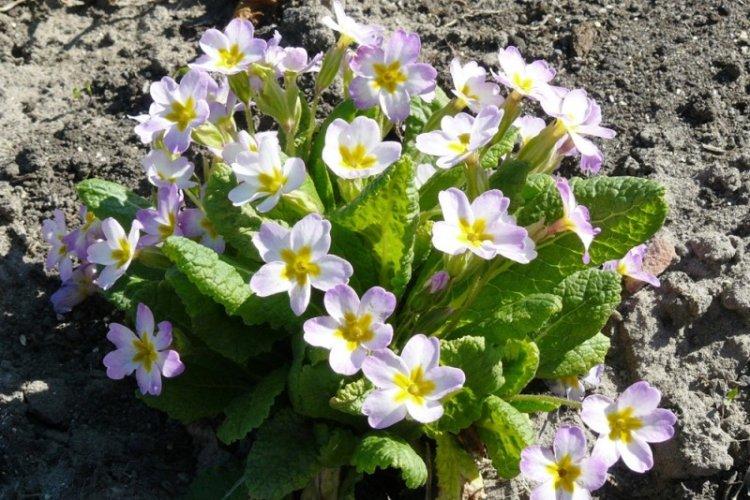
Watering
Moderate watering for primrose is significantly different from moderate watering for tropical plants. Use well-settled water as often as the substrate dries out. Wait a couple of days before each watering since the top layer of the earth has dried out. A little fate is the procedure only during active flowering, when the plant consumes more resources.
Primrose should not be bathed and sprayed, because its leaves will rot from such treatment. The flower is insensitive to humidity levels in the room, so there is no need to tweak bowls and humidifiers. When watering, do not put water on the leaves or even pour water directly into the pan.
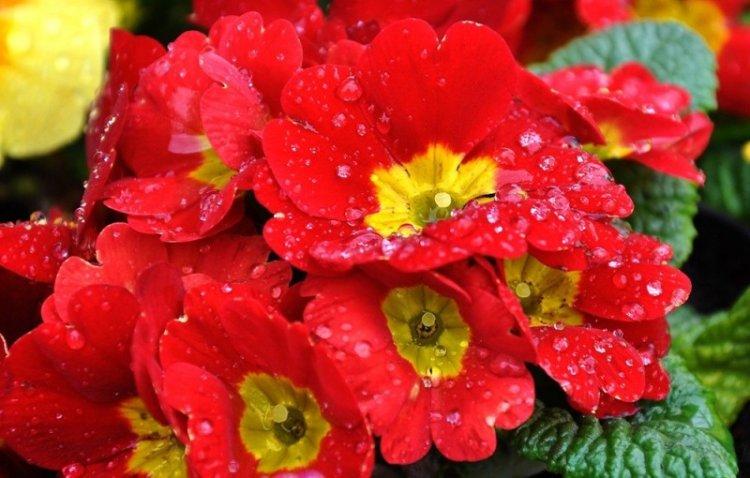
The soil
For primrose, any soil for flowering indoor plants is suitable. The best option is a deciduous mixture with the addition of turf, humus and coarse sand. The soil should not be too dense, because it breathes and provides the vital activity of the rhizome.
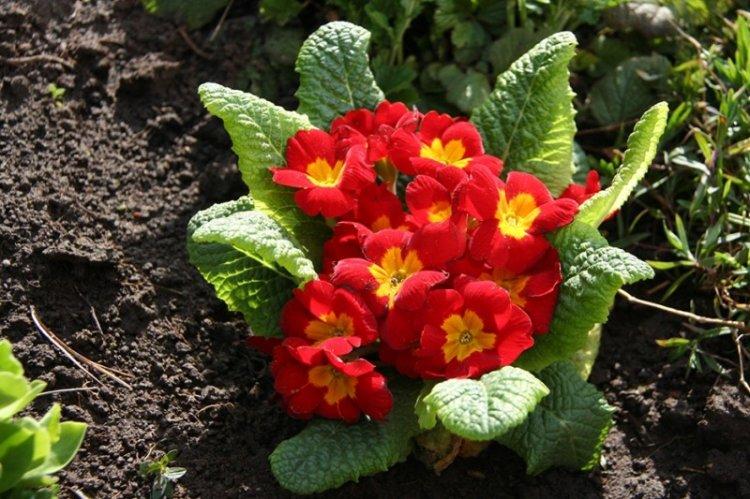
Fertilizers and feeding
Indoor primrose is fed only twice, and the rest of the time, high-quality soil is enough for it. In the second half of June, add liquid organic fertilizers to the soil, and in mid-August, add ammonium nitrate for the fall.

Reproduction
Not all primrose varieties can be easily grown from seeds at home. They will need an impromptu greenhouse, stable temperatures, regular ventilation, and long waiting times. For the first time, you can transfer small seedlings only after a month, and plant them in pots after about three.
If the bush has one rosette, it is propagated by cuttings from leaves with petioles and buds. One such cutting is planted in a mixture of peat and sand, and in about 3 months it completely takes root for planting in pots. For the first time, primrose will bloom about six months after planting in individual flowerpots.
Large and powerful bushes are propagated by division, but strictly after flowering. First, move the flowerpot to the shade and reduce watering to such an amount that the soil does not dry out completely. Then remove the bush from the pot, divide each into several parts and plant in boxes for a home greenhouse. When the seedlings get stronger and release several young leaves, plant them in flowerpots and fertilize them with mineral fertilizers.

Transfer
Every year after flowering, primrose must be transplanted into new fresh soil. This is necessary so that she receives nutrients even with such a rare feeding.
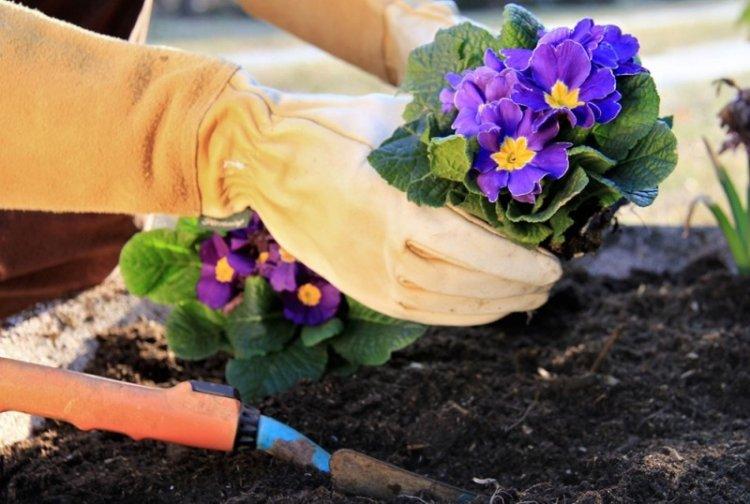
Pruning
When the primrose fades, carefully cut off all the flower stalks, otherwise they will waste too many resources. The same goes for dry and yellowed leaves that appear during the season. This is necessary so that the plant can grow and develop further.
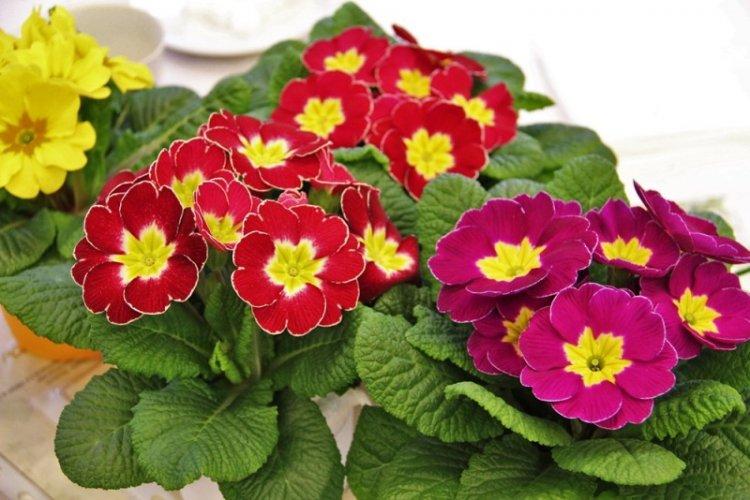
Pest and disease control
Like other indoor flowerpots, primrose rarely suffers from pests. Sometimes spider mites and aphids appear, which will be eliminated by thorough treatment with insecticides. The main cause of the problem is too dry air and high temperatures, which create favorable conditions for the reproduction of parasites.
If you water the primrose too often or flood its leaves, gray rot will appear.The principle of dealing with it is similar to the fight against other fungal and putrefactive lesions. Remove all damaged plants and areas, treat the cuts with charcoal, disinfect the soil and stock up on fungicides.
If the primrose sheds its buds, and the blossoming flowers wither quickly, it is most likely too hot for it. Lower the temperature around to 12-14 degrees, humidify the air a little and adjust the watering regime. Yellowed leaves and brown roots are a sign that the water for irrigation is too hard, and fertilizers are too abundant and aggressive.

Primula - photo
Primrose will give you a boost of vivacity and good mood along with the first spring warming. Just look how beautiful she is during flowering!
